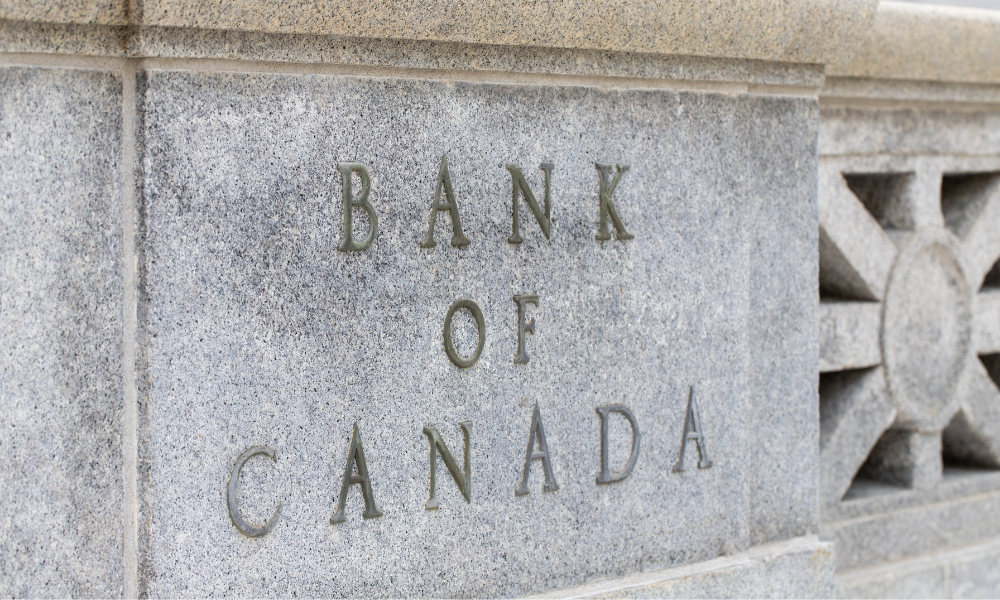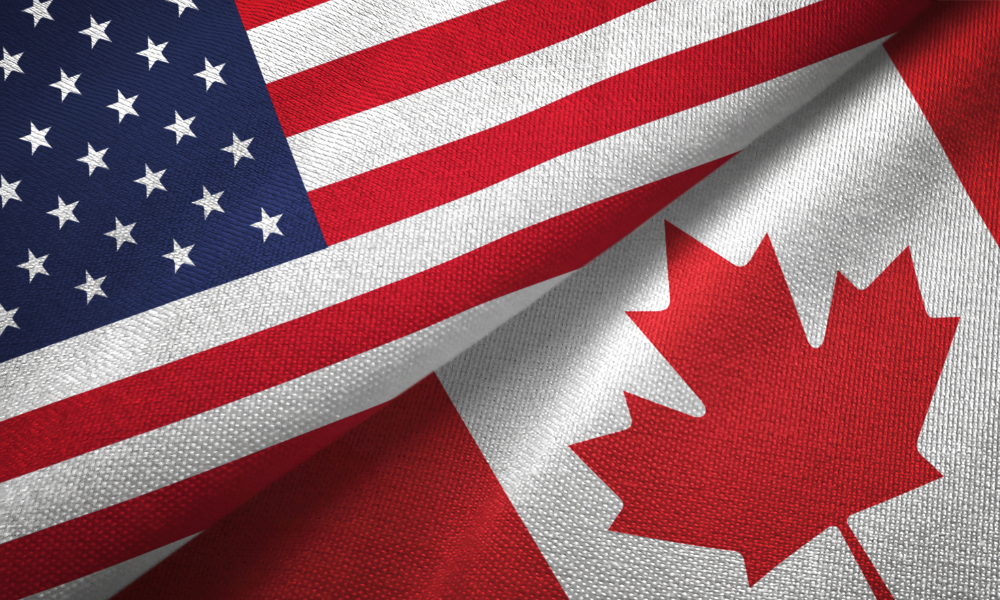RBC is anticipating that following Q2’s economic contraction, Canada will stage a comeback
The sharper the fall, the stronger the rebound.
That’s the essence of RBC’s outlook for the Canadian economy, which predicts that Canadian economic growth will bounce back after Q2’s contraction, and will get additional support from rising energy prices, low interest rates, and federal stimulus.
"The Alberta wildfires and sharp pullback in oil sands production in May took the Canadian economy on a brief detour into negative growth," said Craig Wright, senior vice president and chief economist at RBC. "Yet the recovery should spur a similarly sharp rebound in growth in the latter half of this year and we anticipate that momentum will carry over into next year."
With rebuilding efforts on the way in Alberta, RBC forecasts annualized GDP growth of 3.7% in Q3, followed by a more tempered 1.9% gain in Q4. These short-term wins are expected to add up to 1.8% GDP growth in 2017, compared to 1.3% observed in 2016.
As per RBC estimates, energy prices should gradually rise to $50 per barrel in 2016 and go up to $60 per barrel in 2017. This is not likely to help the loonie much, however, as the Fed is expected to hike interest rates in the first half of 2017, bolstering the US dollar. The Bank of Canada, meanwhile, is foreseen to keep rates steady through the rest of 2016 and 2017 too, as core inflation is seen to hover in the neighborhood of the BoC’s target of 2%.
Segmenting predicted economic performance by province, RBC predicts the oil-producing provinces of Alberta, Saskatchewan, and Newfoundland and Labrador will contract further this year due to continuing struggles with low revenue and private sector restraint. However, some of the recent weakness in Alberta brought by the Fort McMurray wildfires should dissipate in the second half of 2016.
All other provincial economies, however, are expected to continue expanding at different speeds in 2016.
"Momentum appeared to slow this spring in several oil-consuming provinces, including Ontario, Quebec and Manitoba, and we lowered our 2016 growth forecasts for eight provinces," said Wright. "Our 2017 outlook shows more balanced growth across the country, with Alberta and Saskatchewan returning to positive growth and economic activity moderating in British Columbia."
Related stories:
Poloz backpedals on Canada’s predicted recovery
How did the Fort McMurray wildfires impact Canadian profits?
That’s the essence of RBC’s outlook for the Canadian economy, which predicts that Canadian economic growth will bounce back after Q2’s contraction, and will get additional support from rising energy prices, low interest rates, and federal stimulus.
"The Alberta wildfires and sharp pullback in oil sands production in May took the Canadian economy on a brief detour into negative growth," said Craig Wright, senior vice president and chief economist at RBC. "Yet the recovery should spur a similarly sharp rebound in growth in the latter half of this year and we anticipate that momentum will carry over into next year."
With rebuilding efforts on the way in Alberta, RBC forecasts annualized GDP growth of 3.7% in Q3, followed by a more tempered 1.9% gain in Q4. These short-term wins are expected to add up to 1.8% GDP growth in 2017, compared to 1.3% observed in 2016.
As per RBC estimates, energy prices should gradually rise to $50 per barrel in 2016 and go up to $60 per barrel in 2017. This is not likely to help the loonie much, however, as the Fed is expected to hike interest rates in the first half of 2017, bolstering the US dollar. The Bank of Canada, meanwhile, is foreseen to keep rates steady through the rest of 2016 and 2017 too, as core inflation is seen to hover in the neighborhood of the BoC’s target of 2%.
Segmenting predicted economic performance by province, RBC predicts the oil-producing provinces of Alberta, Saskatchewan, and Newfoundland and Labrador will contract further this year due to continuing struggles with low revenue and private sector restraint. However, some of the recent weakness in Alberta brought by the Fort McMurray wildfires should dissipate in the second half of 2016.
All other provincial economies, however, are expected to continue expanding at different speeds in 2016.
"Momentum appeared to slow this spring in several oil-consuming provinces, including Ontario, Quebec and Manitoba, and we lowered our 2016 growth forecasts for eight provinces," said Wright. "Our 2017 outlook shows more balanced growth across the country, with Alberta and Saskatchewan returning to positive growth and economic activity moderating in British Columbia."
Related stories:
Poloz backpedals on Canada’s predicted recovery
How did the Fort McMurray wildfires impact Canadian profits?



